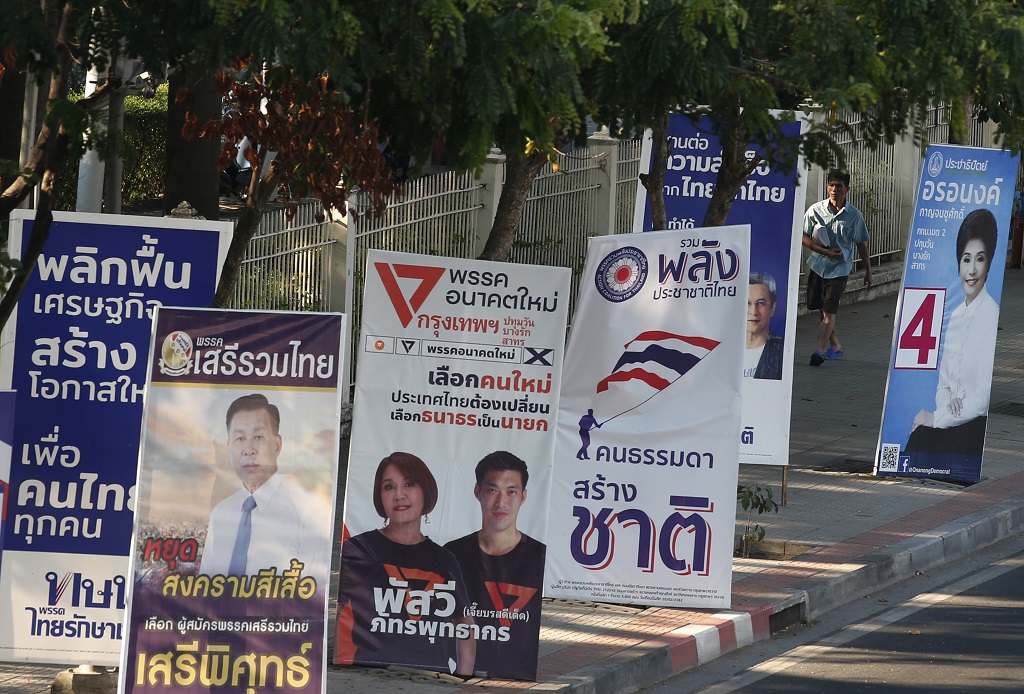
Bangkok (AP) — Thailand heads to the polls Sunday to vote in the country’s first general election since the military toppled an elected government in a coup nearly five years ago.
Once the junta was in power, it tore up the constitution and had a new one written that significantly changed the nation’s political structure and electoral rules.
Observers say the new system was a designed to limit the power of big political parties like those that dominated past elections and to increase the need for a coalition government. They say it will also give the military’s allies an inside track on leading the next government.
Here’s a look at the system:
APPOINTED SENATE
A 250-member Senate has been established and all of the senators will be appointees selected by the junta. The junta has said its selections will be revealed after the general election.
ELECTED LOWER HOUSE
The lower house of parliament will consist of 500 members, all of them elected. The majority of members — 350 — will represent individual constituencies around the country and be directly elected by voters in those areas. The other 150 will be party list members, selected from slates of candidates designated by each party, with winning seats assigned in rough proportion to the total share of votes each party receives nationwide.
AT THE POLLS
Voters used to cast two ballots, one for their local member of parliament and the other for their political party preference. The process was relatively straightforward and allowed voters to have local loyalties that differed from their national political party allegiances. Under the new system there is just one ballot and the vote for the local member of parliament will also count as one’s party preference.
POPULAR PARTY WOES
The number of seats allocated to each party is determined by a convoluted formula that handicaps those parties winning the most constituency seats, by putting a soft cap on the number of party list seats it can be awarded. Midsized parties that win fewer constituency seats are compensated with a lesser handicap, with the rationale that parties with substantial yet weaker vote totals deserve representation. In other words, voting for a big party’s representatives dilutes the value of one’s party list choice, and lowers the number of house seats that party can accumulate. This weakens bigger, more popular parties.
PRIME MINISTER PICK
A voter has even less of a voice in picking the prime minister, not just because he or she is indirectly elected by parliament, but because the election is by a joint vote of the elected lower house and the unelected senate. In theory, if all senators vote in a bloc — say for the military candidate who appointed them — a prime minister nominee could win the job by getting just 126 votes in the lower house. That means such a nominee would just need to woo 25 percent of the elected members of the house, plus one more, to become prime minister. The prime minister does not need to be a member of parliament.




